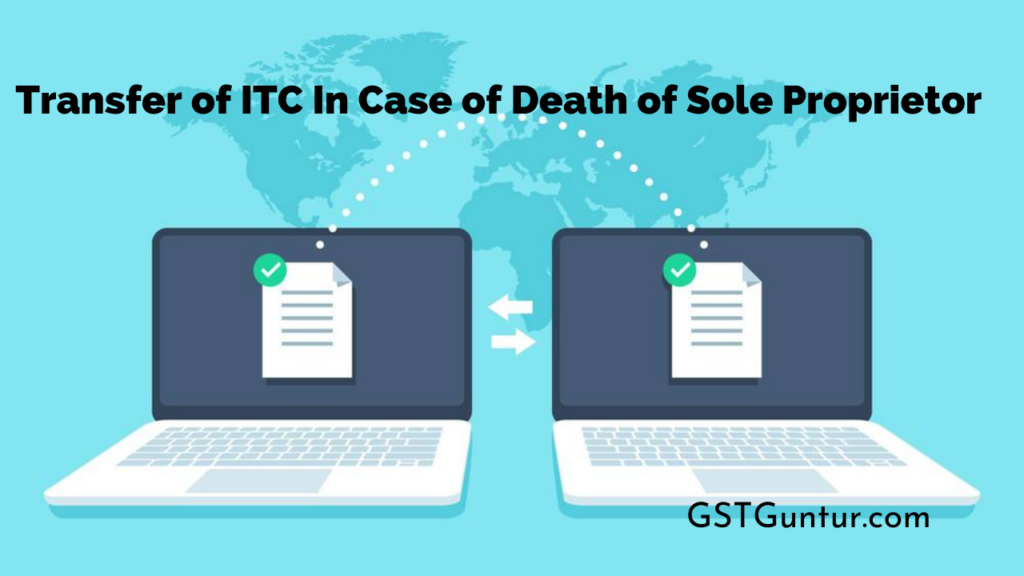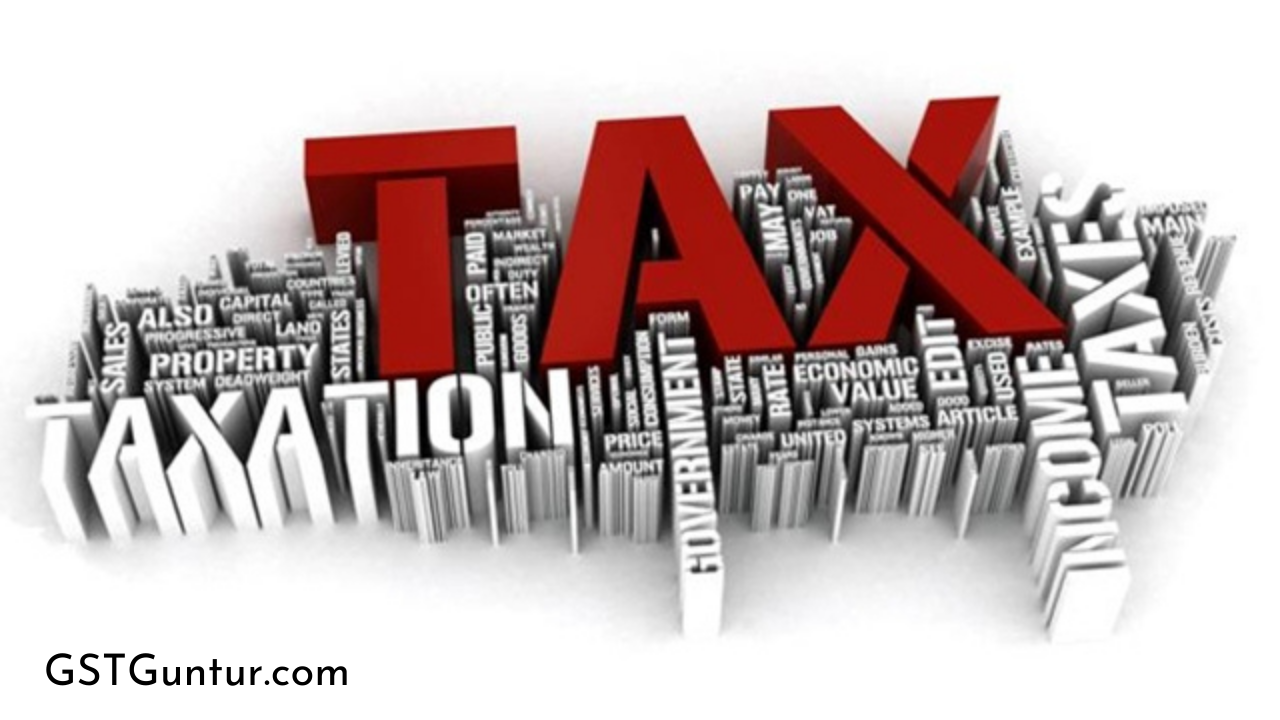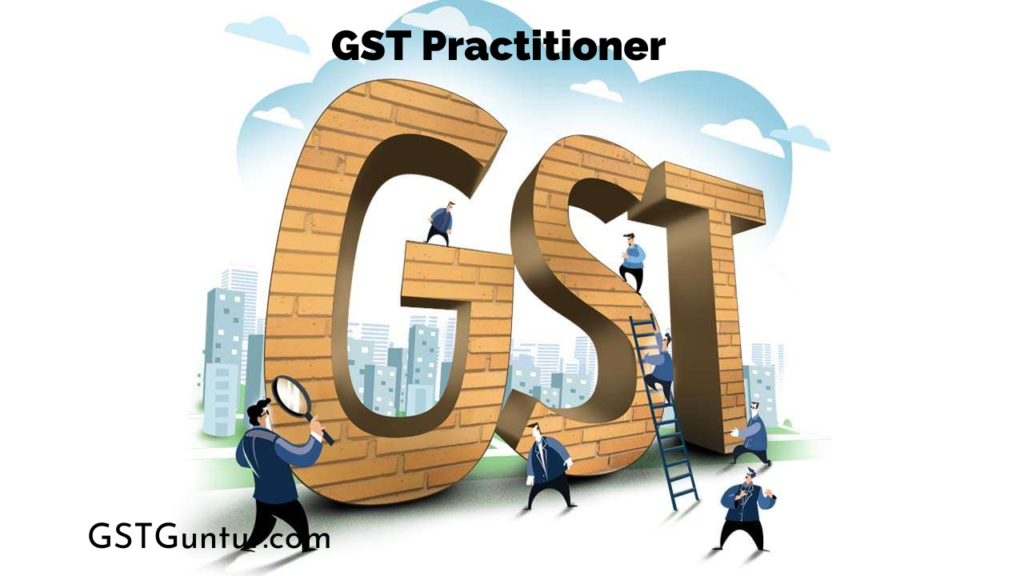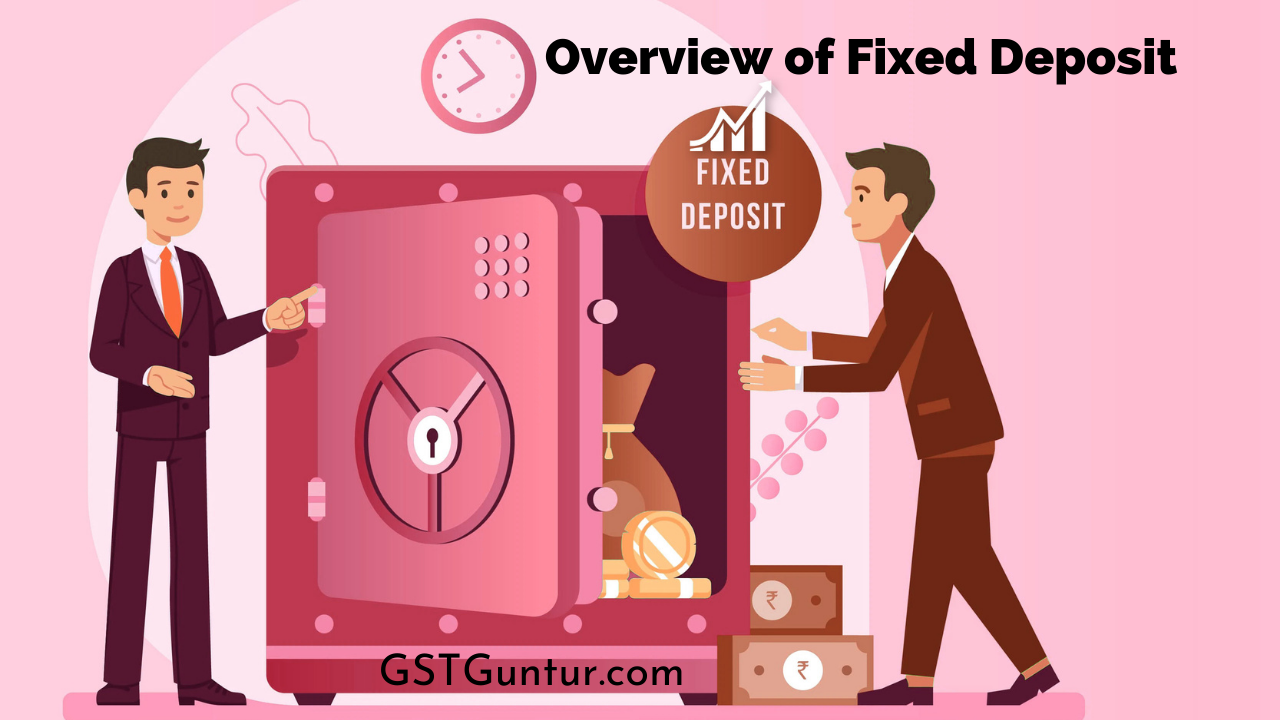National Pension Scheme Under Section 80CCD: NPS is the acronym for The National Pension Scheme. It is a pension scheme designed for both private citizens as well as government employees. The NPS is among the most acclaimed options available to individuals who want to create a trust for their retirement that includes a regular monthly income.
It is widely observed to be one of the cheaper investment options invested in a range of investment avenues with exposure to the equity market. The returns being directly related to market performance, no guarantee of any particular amount can be stated.
What is Section 80CCD?
According to the 1961 income tax act, this provision is associated with the deductions offered to individuals who make contributions to the NPS. Until 2015, as per the 80CCD, the claim for tax deduction eligible for an individual was up to 1 Lakhs per annum against the contributions made to the NPS.
Who are Eligible to Join the NPS?
Any citizen of the country within the age of 16 to 65 who comply with KYC norms (know your customer) can opt for NPS accounts. The NPS is opened to everyone in the society, including people in business, self-employed individuals and non-salaried people of the country. NRI (non-resident Indians) are eligible to open an NPS account.
How to Register under the NPS?
Two ways of registering for the NPS account are:
Offline Registration of the Account
Given below are the steps to open your NPS account offline:
- First, the candidate needs to visit their nearest office of the point of presence-service provider or POP-SP.
- They will be required to submit their registration form in physical format with required documents for compliance with KYC.
- Documents proving your identification, date of birth, photograph and address proof has to be submitted.
- You need either your Aadhaar or your PAN card to open an account.
- You will have to choose any one among two Central Recordkeeping Agencies for your account.
- All documents such as address proof, identity proof, electricity bill, water bill, school leaving certificate, PAN card, driving license, rent receipt; will be accepted.
- Suppose one fails to provide any of the documents listed above. In that case, the only other way is to submit a copy of their certificates of identity and address with a signature from personnel of the parliament or Member of the Legislative Assembly or Gazetted Officer or a Municipal Councillor can be accepted.
Online Registration of the Account
Given below are the steps to open your NPS account online:
- At first, the candidate will have to visit the website of NDSL.
- There are two ways of registering; one is Aadhaar based, and the other is through PAN-based verification.
- For Aadhaar based verification, you will have to generate your eKYC from the Aadhaar website from the link provided on the NDSL website.
- After submitting the eKYC form, personal details concerning name, gender, address, contact details are taken from it.
- You will need scanned copies of a cancelled cheque and photograph for online submission, which you will upload.
- For PAN registration, you can apply with your PAN number through the Karvy or NDSL website.
- You have to provide certain specified details of your bank and your account number for it to be verified.
- You will be needed to upload scanned copies of a cancelled cheque, your latest photograph, signatures and most importantly, your PAN card.
- It is mandatory to make the minimum contribution of Rs 500 if you want a Tier I account and Rs 1000 for a Tier II account.
- Then you will have to e-sign the form. In case of problems with e-signatures, you have to mail a physically attested copy of your CRA within 30 days of PRAN.
- In the case of non-resident Indians, additional documents such as passports might be required.
About the NPS Account:
Tier I Account
The most basic NPS account offered by the government is the Tier I account. It is rigid in terms of withdrawal, with an equity exposure that helps plan the future requirements of its subscriber after retirement. There also income tax benefits available on the contributions made in a Tier I account. A minimum contribution of 1000 is necessary.
Tier II Account
The add-on account is called the Tier II account. It is not as rigid as Tier I accounts, with the availability of flexible withdrawal schemes and no limit for the minimum balance required for subscribers. Income tax benefits are not available on contributions made in a Tier II account. There is no need for a minimum annual contribution.
Return Policy
One can expect a 12% to 14% return from the NPS Equity scheme in the long run. The maximum Equity investment can go up to 75%. The returns offered are much higher than most other tax-saving investments such as PPF. The scheme has been in effect for over a decade and has shown annualised returns of 8% to 10%.
For medical emergencies or educational purposes, one can withdraw an amount up to three times. All of these will be partial withdrawal without tax added to them.
How is the NPS Return Calculated?
The Indian calculation for the National Pension Scheme uses the formula:
A = P (1+r/n) ^ Nt
- P= The principal sum
- r/n= The Rate of Interest offered per annum
- N/n= The number of times the interest compounds
- T/t= The total tenure
Assets for Fund Investment Scheme
The sets of considered assets for the investment of the NPS funds are categorised on the basis of return characteristics.
- Asset Class E – The maximum investment considered in this class is 50% of the total stated contribution. The investments are made predominantly in the legal equity market.
- Asset Class C – Investment is in fixed instruments apart from Government securities such as Debentures, Corporate Bonds, etc.
- Asset Class G – investments directly in government securities.
- Asset Class A – The alternative investment schemes include instruments such as MBS, AIFs, CMBS, etc.
Scheme Preference
Scheme Preference is referred to the Pension fund scheme chosen by a subscriber for investing in the pension contribution amount.
There are two methods available to invest in the account:
- Active Choice: Among the E, C and G Asset classes, the subscriber is given the task of selecting a Fund manager and sorting the Pension Ratio that is to be invested among the individual funds. The subscriber can specify the desired percentage in which their money will be invested among the class assets in active choice. However, the allocation in the Equity market cannot cross 50%.
- Auto Choice: The subscriber has the task of selecting a Fund manager. According to the Lifecycle Fund, their funds will be invested according to the Lifecycle matrix based on the age of the concerned subscriber. In auto choice, the system will begin to automatically calculate the percentages in asset allocation on the basis of the subscriber’s age.
About Pension Fund Manager
The Fund Manager is the one responsible for the implementation of a fund’s investment tactic and handling its activities professionally and with efficiency. They make crucial investment decisions, manage analysis, conduct researches, develop policies and also benefits packages.
About Annuity Service Providers
The Annuity Service Provider is responsible for managing the funds, payments and providing for their subscribers, Annuity Services at the tie of their exit from the NPS system.
Charges Applicable for NPS
Although the NPS has the lowest fund management charges of about 0.01%, the fees and charges should not be ignored.
POPs Charges
POPs stand for Points of Presence, such as banks that are appointed by the PFRDA. The POPs provide services through their network of branches known as POP-SP. POPs ensure that all the jobs that are related to NPS are met in time. Their charges are stated below:
- Initial Contribution
- Initial Subscriber Registration
- All Non-financial Transactions
- eNPS
- Persistency Fee
CRA Charges
CRA is Central Recordkeeping Agency. They are in charge of recordkeeping, customer service, administration and functions for all its NPS subscribers. Their fees are:
- PRA Opening Charge
- Charge per transaction
- Annual Maintenance Charge
Investment Management Fee: The fees that Fund Managing companies like ICICI, LIC get for managing pension funds of its clients are Investment Management Fees. The investment management fee is about 0.01% currently (Rs 100) to manage Rs 10 lakhs.
Custodian Fee: The Stock Holding Corporation of India, also called the SCHIL, is accountable for the custody of all assets. The fees required for their maintenance is called Custodian Fee.
NPS Trust Fee: The NPS Trust has the responsibility of taking care of the funds under NPS. The trust holds a legal account with Axis Bank and is designated as the Trustee Bank.
Tax Benefits Under National Pension Scheme
Under subsection 80CCD (1B), an exclusive tax benefit is offered to all NPS subscribers. Additional deduction for a Tier I account may be up to Rs. 50,000. The Tax benefits of under corporate division are:
- Corporate Subscriber: NPS Contribution up to 10% of the salary (basic + DA), subtractable from the taxable income except for any monetary limit.
- Corporates: The employer’s contribution for NPS to 10% of the salary (basic + DA) can be subtractable from the account’s profit and loss.
What is Meant by Net Asset Value?
Net Asset Value or the NAV is the cost of one unit of a fund. It is calculated at the end of each and every working day that lies between Monday and Friday. The calculation is done by the addition of all securities and cash in the said fund’s portfolio, from which the liabilities are subtracted, and the result is divided by the number of units issued by the fund.
About Exiting the NPS
The different categories of withdrawal from NPS according to the Regulations of 2015 are stated below.
Normal Superannuation
The least of 40% of the total accumulated pension of a subscriber has to be put to use for purchasing an Annuity providing for the monthly pension to the subscriber, and the amount is paid to the subscriber as a lump sum.
Upon Death
The least of 80% of the total accumulated pension of a subscriber has to be put to use for purchasing an Annuity to provide for the surviving spouse, and the amount is paid in one single payment to the subscriber.
Note: For both these cases, if the total corpus balance is less than or equals Rs. 2 lakhs on the date of retirement, the complete withdrawal option can be availed by the subscriber or the legal nominee (in case of death of subscriber).
Pre-mature Exit
The least of 80% of the total accumulated pension of a subscriber has to be put to use for purchasing an Annuity to provide a monthly pension. If the total corpus balance is less than or equals Rs. 1 lakh, on the date of resignation, the complete withdrawal option can be availed by the subscriber.
















